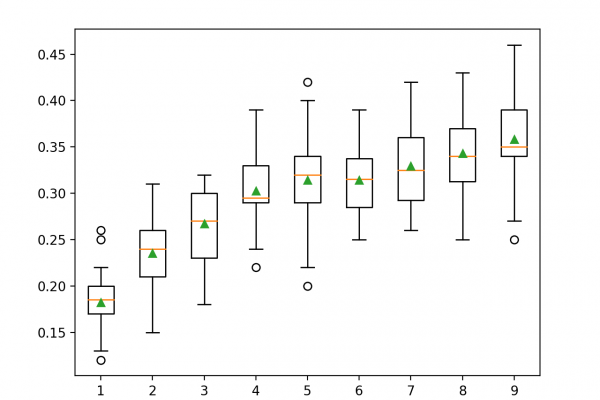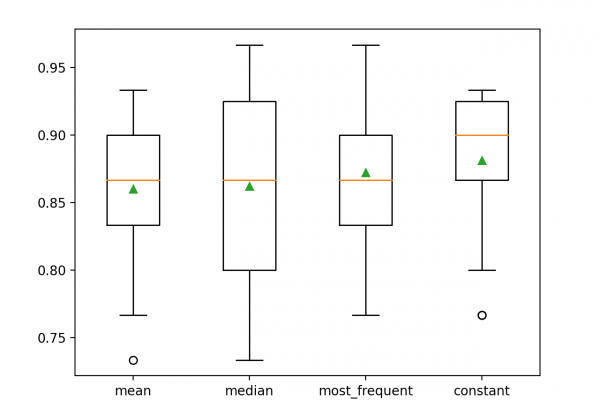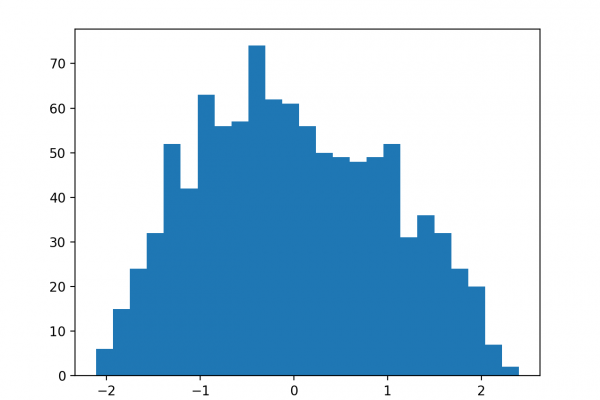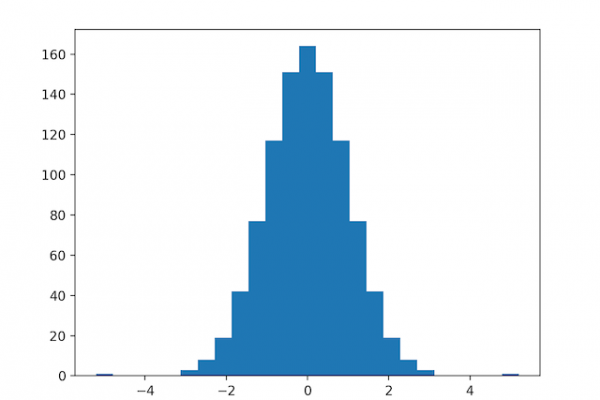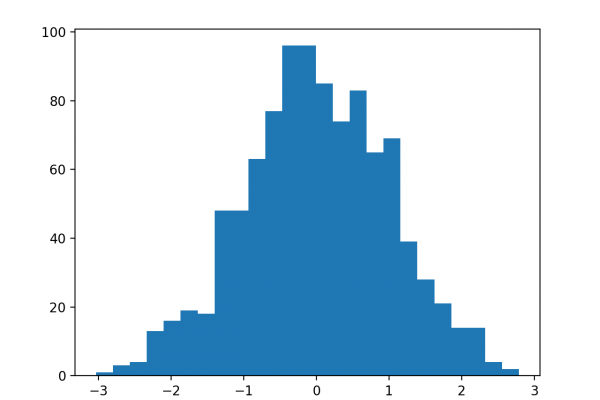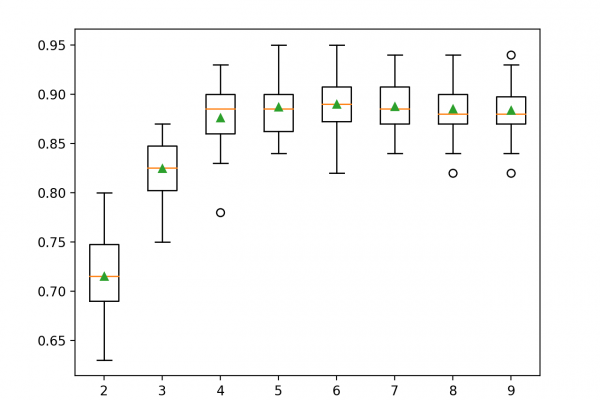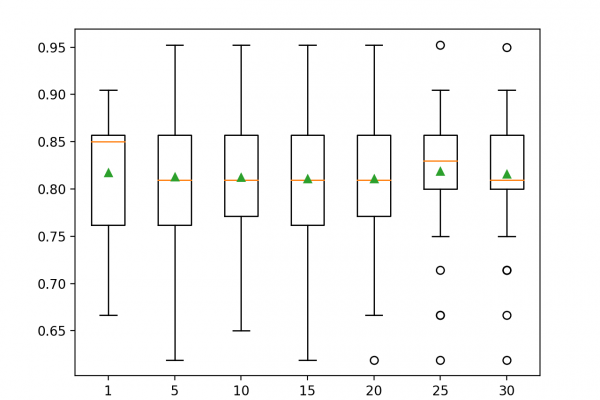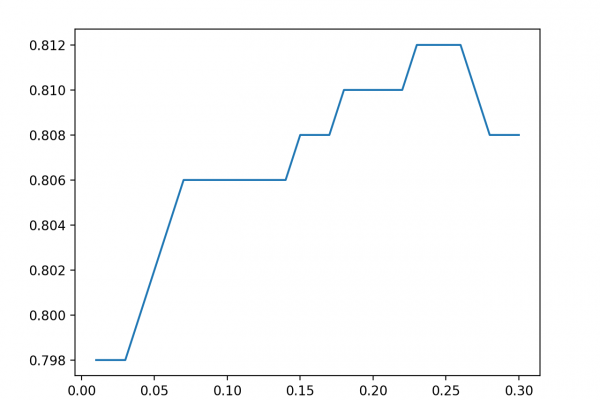Singular Value Decomposition for Dimensionality Reduction in Python
Last Updated on August 18, 2020 Reducing the number of input variables for a predictive model is referred to as dimensionality reduction. Fewer input variables can result in a simpler predictive model that may have better performance when making predictions on new data. Perhaps the more popular technique for dimensionality reduction in machine learning is Singular Value Decomposition, or SVD for short. This is a technique that comes from the field of linear algebra and can be used as a […]
Read more
